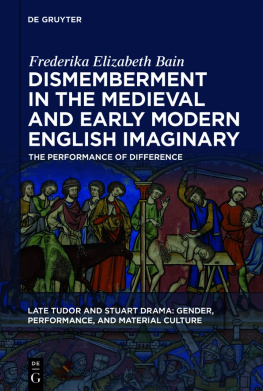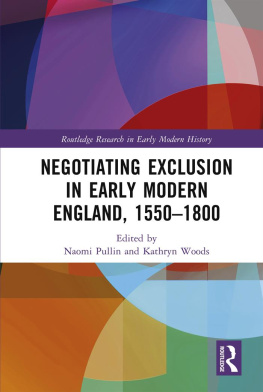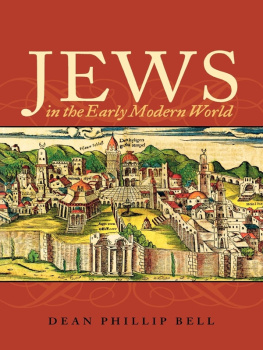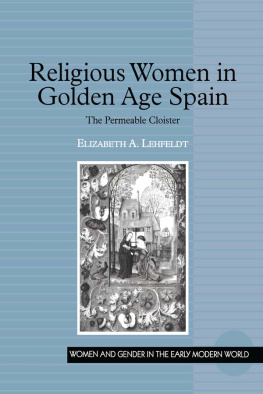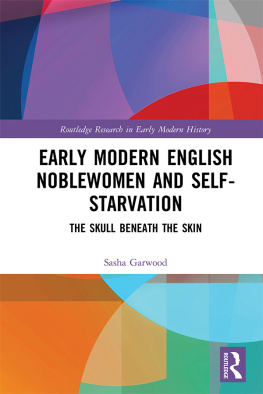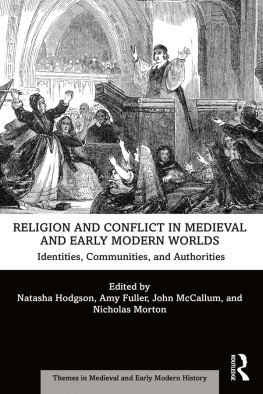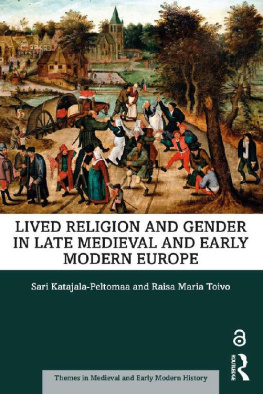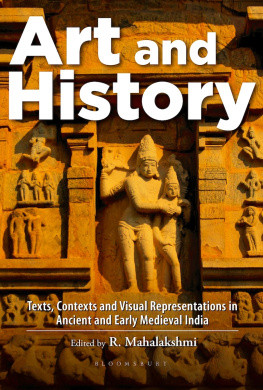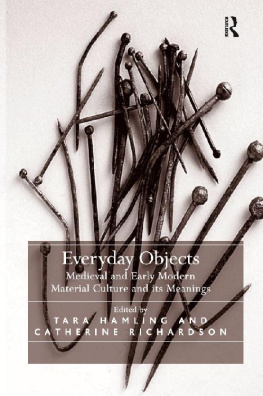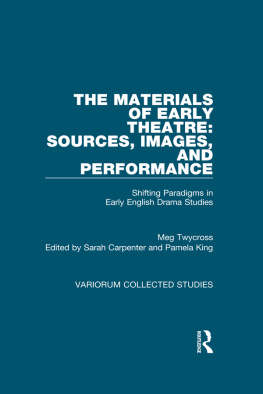Introduction: Attending to Bodies
Manie times and in euery towne where I came, according as I was able, I made declaration of the contentes of the Bible; that therein was set foorth the true and onelie GOD, and his mightie woorkes, that therein was contayned the true doctrine of saluation through Christ, with manie particularities of Miracles and chiefe poyntes of religion... And although I told them the booke materially & of itself was not of anie such vertue,... but onely the doctrine therein contained; yet would many be glad to touch it, to embrace it, to kisse it, to hold it to their brests and heades, and stroke ouer all their bodie with it; to shewe their hungrie desire of that knowledge which was spoken of.
In the Brief and True Report (1588), an account of early contact between English visitors and the indigenous peoples of Roanoke Island, Thomas Hariot describes with bewilderment what he sees as the latters focus on the material at the expense of the spiritual. Instead of apprehending the doctrine therein contained in the Bible by listening to the travelers expound its message, they treat the book as a type of fetish, attempting to gain its benefits through physical contact. Despite Hariots denial, then, the passage serves as a reminder that so far from merely acting as a placeholder for meaning, the material plays an important, even essential part in creating meaning. As such it gestures towards a central concern of the present study: while I recognize that the body has often been used to signify outside or beyond itself, at the same time I argue that it also be acknowledged for its inherent signification, for the stubborn fact of its existence.
The Presence of Bodies
In the medieval and early modern periods as today, the body may be used as vehicle of many figures, material of many symbols. Throughout the following chapters I examine textual and visual representations of dismemberment in terms of their symbolic import, particularly their relation to conceptions of the human. Discussions of the animalhuman boundary, monstrosity, gender, social class, and religious difference are related to the central subject of the alteration of the human body by fragmentation. I argue that dismemberment can be seen as falling at one end of a continuum of bodily alterations used to create meaning through the body or to manifest or concretize that is, to perform meaning assumed to inhere in it. Yet I acknowledge that dismemberment differs in kind as well as extent from other forms of alteration, negating the bodys much-praised unity, its God-given organization. If the body is divinely created in order to stand as a figure for larger systems such as the state, the land, the cosmos a common understanding in the medieval and early modern periods its dismembering has specific, though varied, symbolic valences. A single example is James VI and Is warning in the Trew Law of Free Monarchies (1598) that for the health of the body politic, diseased members traitorous subjects may need to be amputated from the corpus politicum, an image that is found throughout discussions of political philosophy: it may very well fall out that the head will be forced to garre cut off some rotten member... to keepe the rest of the body in integritie: but what state the body can be in, if the head... be cut off, I leaue it to the readers iudgement.
While much work has been done on the metaphors and symbolism surrounding the body in medieval and early modern England, including the figure of the corpus politicum illustrated here and discussed in chapter 1, relatively little attention has been given to the effects of these abstractions on the treatment of medieval and early modern bodies. In this book I not only examine metaphors created through bodily fragmentation; I also attempt, as possible, to acknowledge their physical effects, the ways physical bodies were treated as a consequence of beliefs about the body. It is important to note, though, that the relation is not so simple as cause and consequence. Rather, the movement is recursive: somatic metaphors may lead to physical acts that are then described in texts or that may inform textual characters bodies without a basis in physical action; these texts create new metaphors, or reify or alter existing ones, which may then provide the impetus for further physical acts. King Jamess body-of-state metaphor reflects not only the centuries of use of this rhetorical figure but also the historical acts that were realizations of this idea, the instances of physical dismemberment of traitors in a specifically prescribed ritual designed as an enactment on their bodies of what must be done symbolically to the body politic to rid it of their taint. Likewise, it prefigures the further executions that took place after this writing whose ritual was influenced by this metaphor.
An important influence on my analysis and approach throughout this study is Elaine Scarrys landmark work The Body in Pain. Among these ramifications, she argues, are acts of torture and war, to which I would add the act of execution and other punitive markings and dismemberments. These acts she sees as only made possible by the injurers ability not to feel in their own bodies the pain they inflict upon others.
Another consequence of humans inability to fully comprehend the pain of others, Scarry argues, is the possibility even the inevitability of reading meaning and symbolism into fragmented bodies. The inflictor or spectator may not feel physical pain, but she or he nonetheless feels, and apprehends.
Scarry identifies the body as the original site of reality, arguing that the visible and experienceable alteration of injury has a compelling and vivid reality because it resides in the human body. That is, when the body is altered through injury, the way the world is mediated through the experience of ones own and others bodies also alters. She explicates the process by which an assertion may be juxtaposed to a body part that demonstrates or substantiates the truth of the assertion by itself having indisputable substance that somehow is read as belonging to its counterpart: looking at an injury,
[i]t is as though the human mind, confronted by the open body itself... does not have the option of failing to perceive the reality that rushes unstoppably across his [sic] eyes or into his mind, yet the mind so flees from what it sees that it will with almost equal speed perform the countermovement of assigning the attribute to something else, especially if there is something else at hand ready to receive the rejected attribute, ready to act as its referent.
In Scarrys view the injured, opened body is a potent vehicle for meaning precisely because of its shocking and horrific impact: the very inability not to be viscerally affected by its presence leads to its freighting with additional and perhaps entirely alternate meaning as a way of avoiding apprehension of its primary meaning, the destruction of a fellow human being. This process Scarry refers to as bodily translation.

